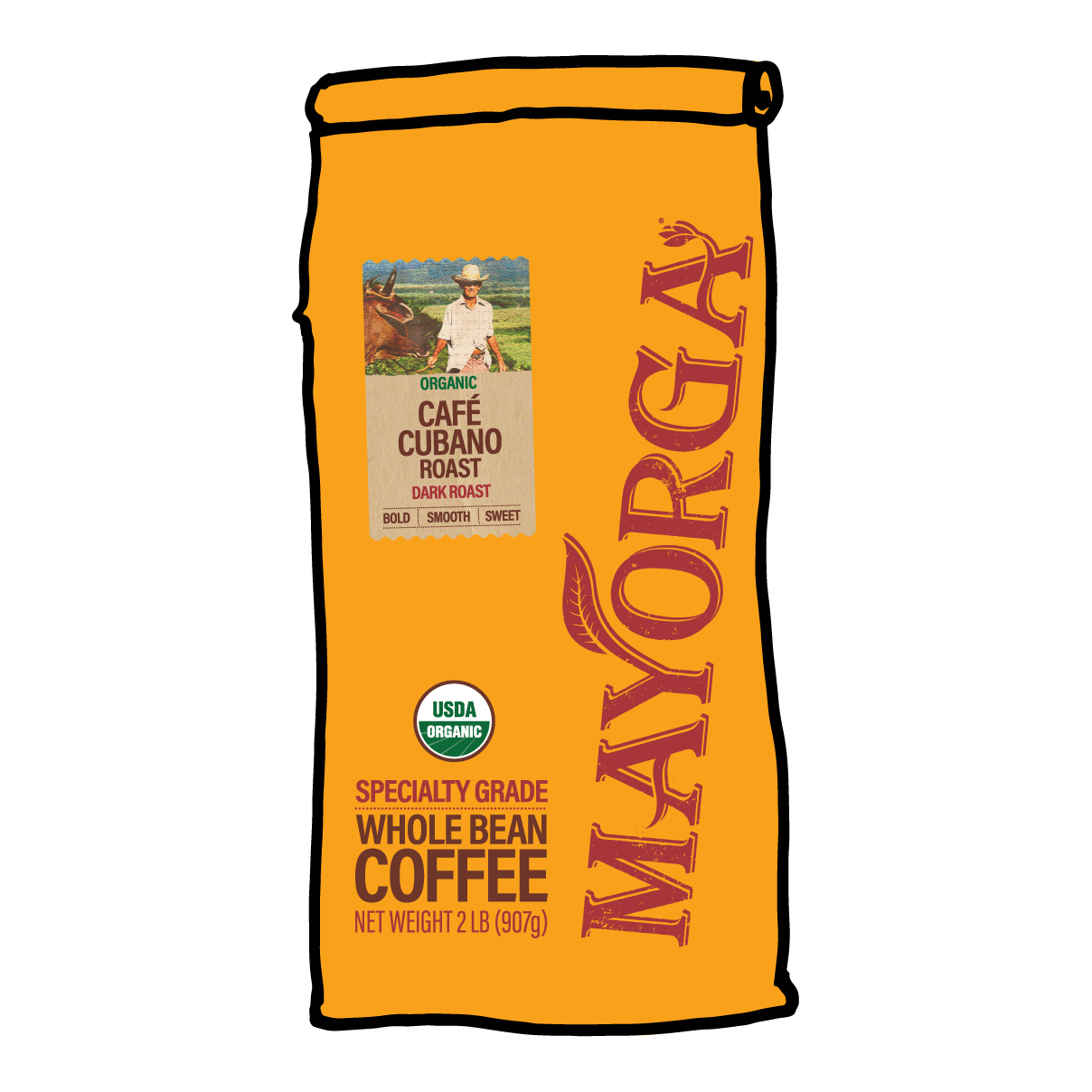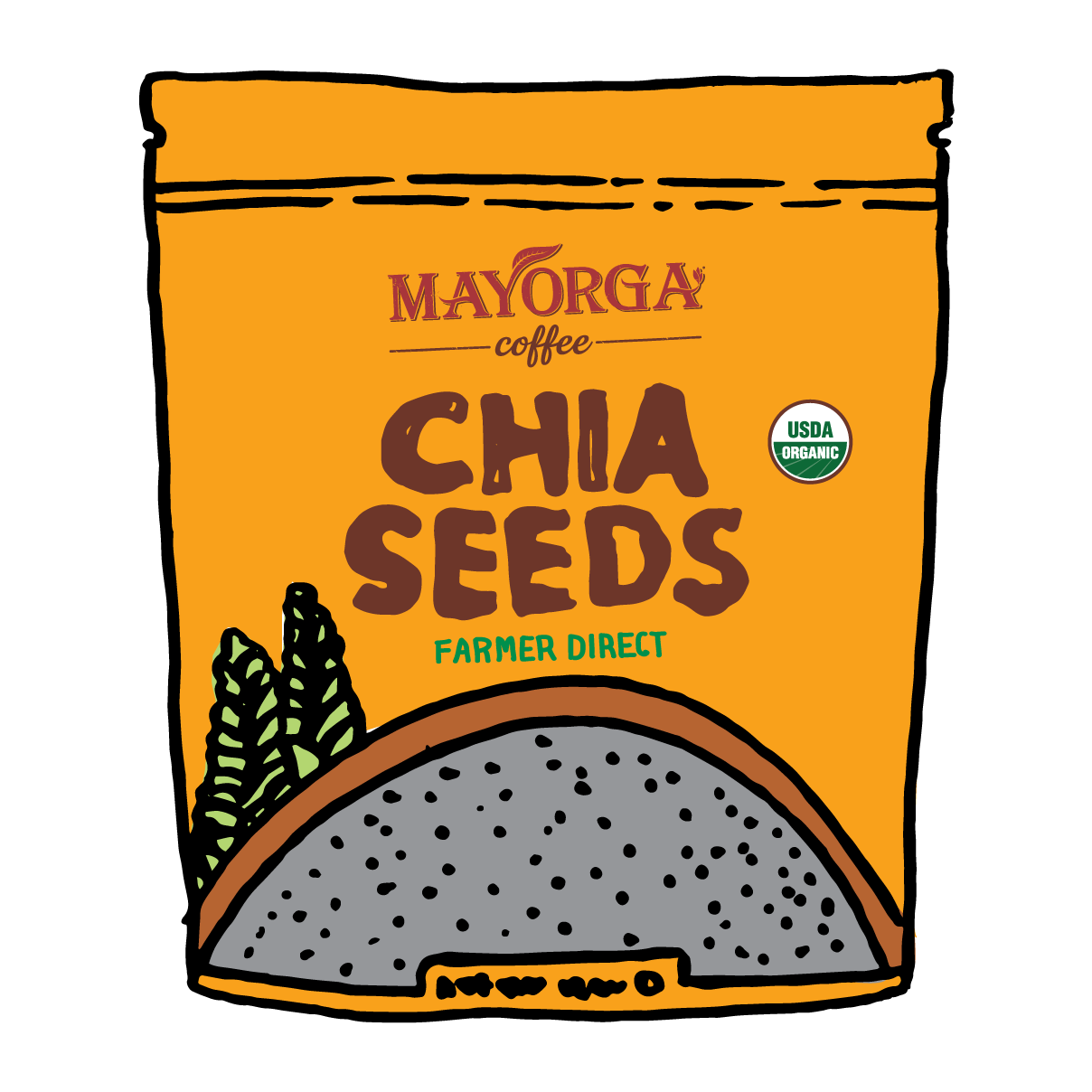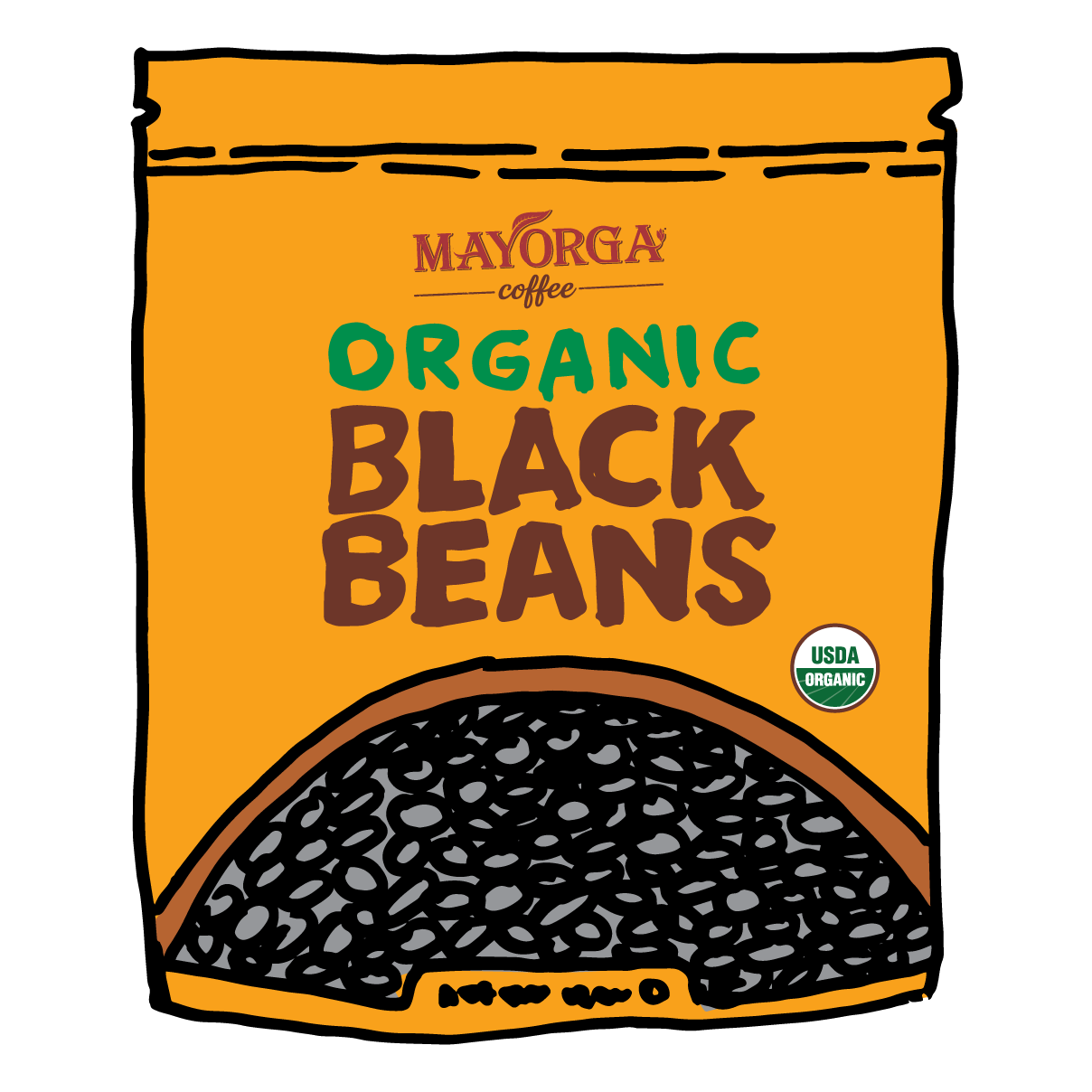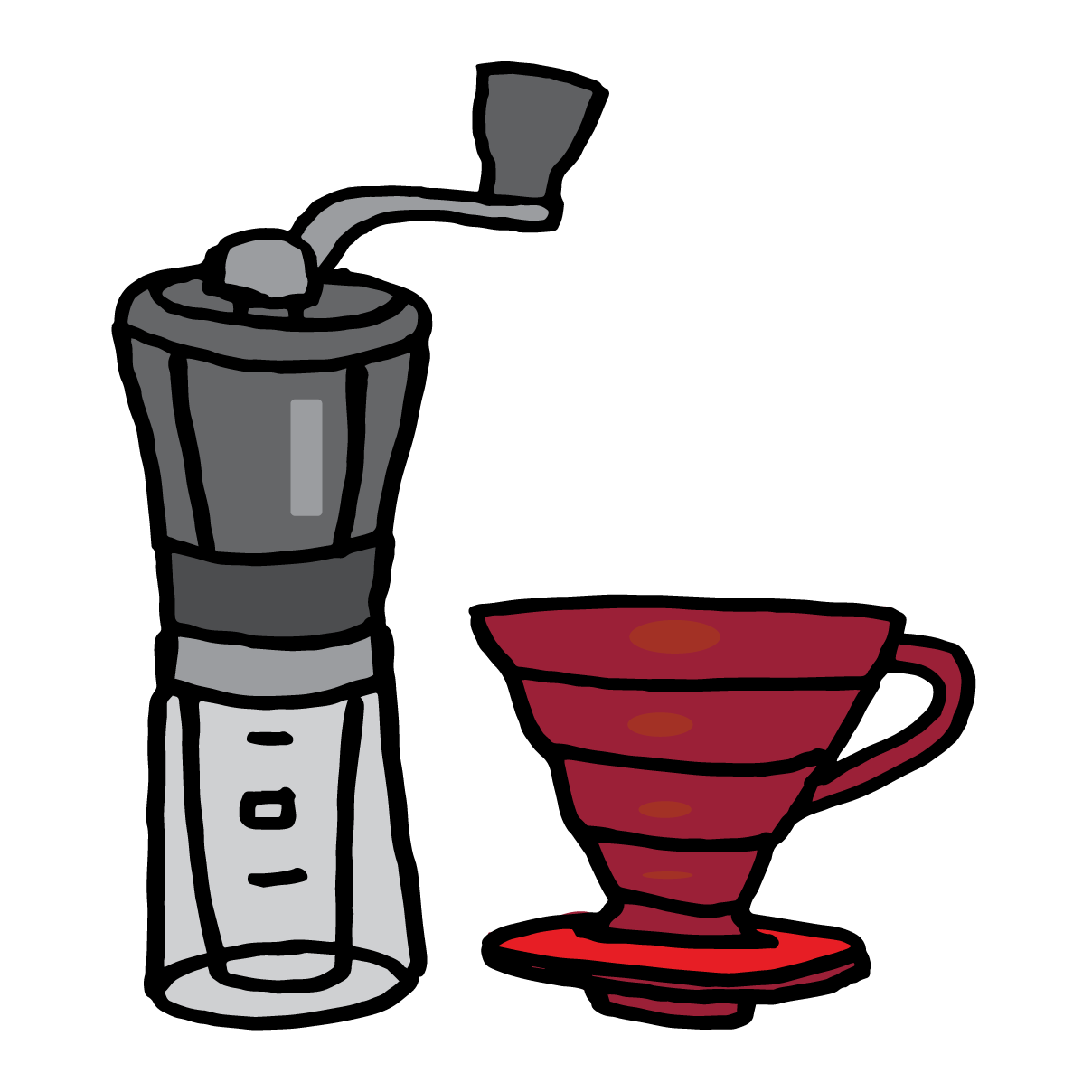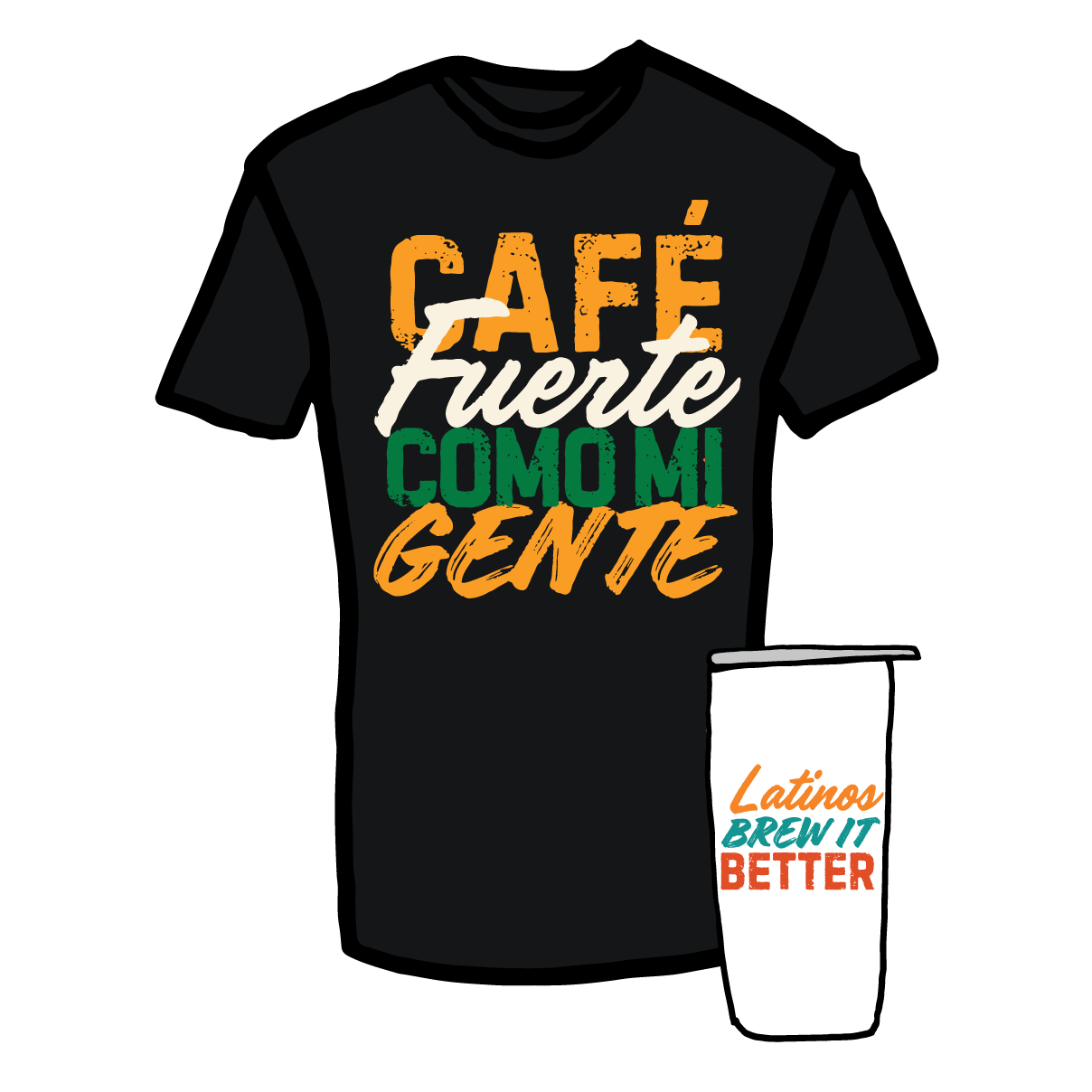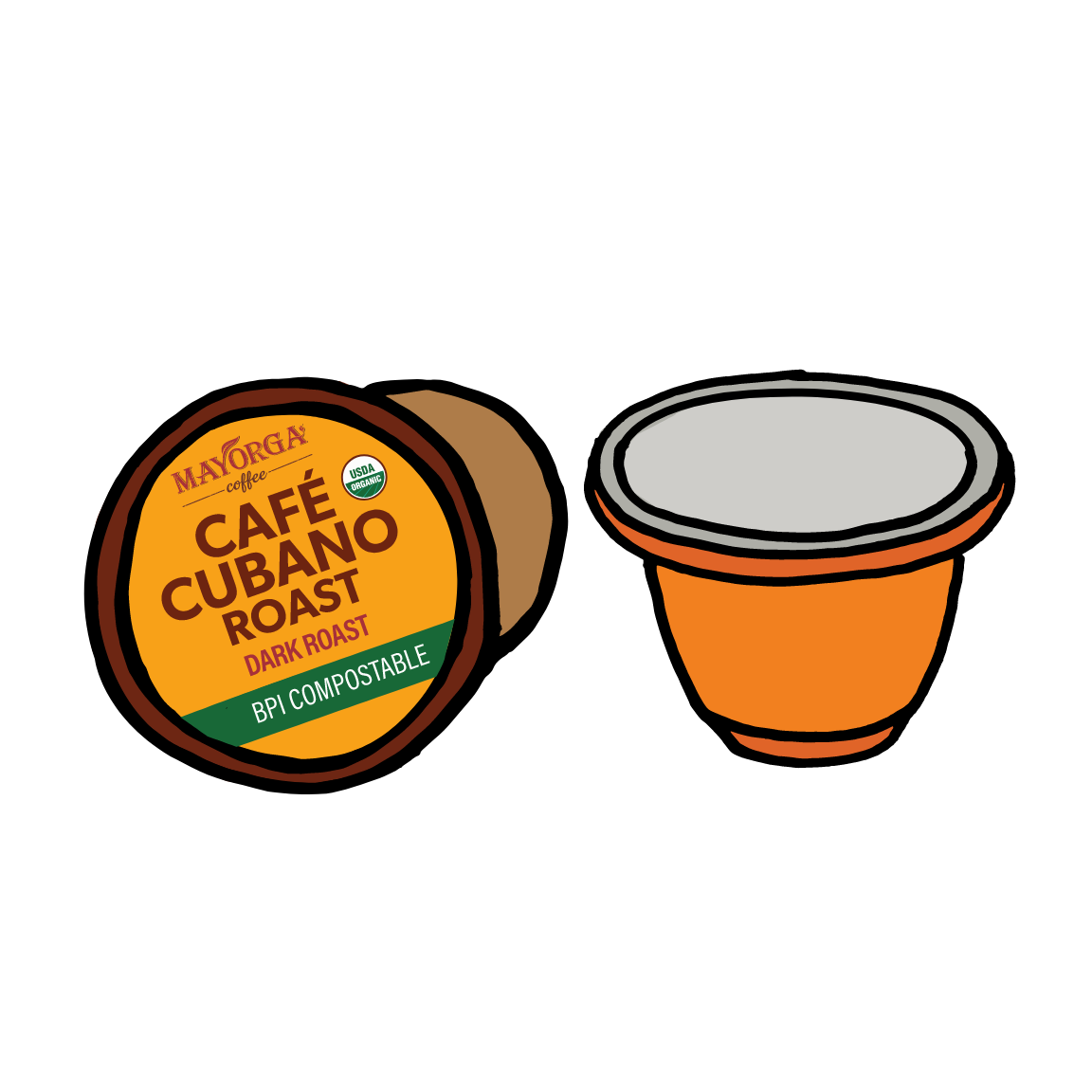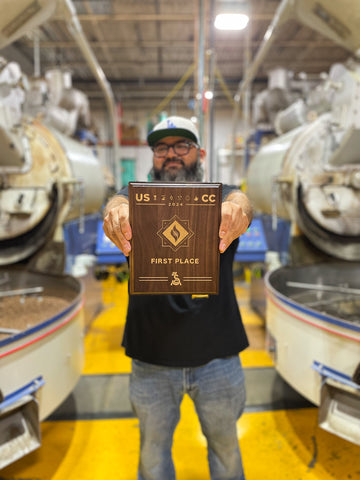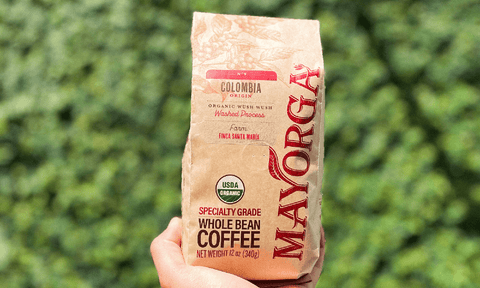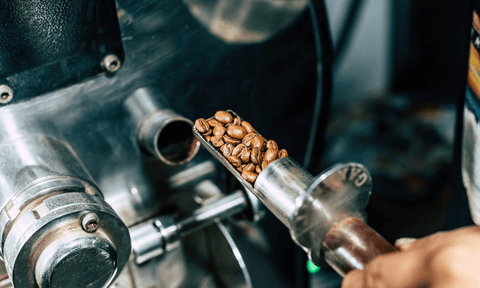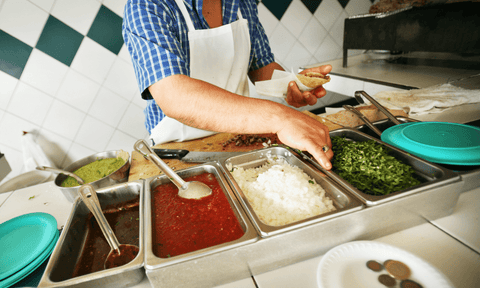For millions around the world, the day doesn’t begin until they brew a hot cup of coffee.
Jump to:
Not only does it offer an energy-boosting start to the morning, it can also be comforting and, in some ways, healing (we all know that “ahh” feeling when we take the first sip).
Well, it turns out that the Aztecs began their days in a similar way. Although it was not quite the drink we identify as “coffee” today, inhabitants of the Aztec Empire enjoyed a bitter concoction known as xocolātl (or “bitter water”).
What Is Xocolātl?
Xocolātl was derived from cocoa, which grew natively across much of Mesoamerica, and was adopted by Maya civilizations before the Aztec Empire emerged.
The Maya consumed xocolātl first thing in the morning, similar to how we take our coffee today. Impressed by its ability to raise both mood and energy levels, they attributed it with healing properties and, as a result, it was often given to those suffering from ailments.
Like coffee, it also appears to have transcended classes – both poor and rich enjoyed xocolātl equally.
Shortly after the Aztecs appeared in Mesoamerica in the early 13th century, they became fascinated with the “powers” of xocolātl, just like the Maya.
They believed that the cocoa plant from which the drink was made was a gift from the gods. Xocolātl was used for both religious ceremonies and as a daily beverage, while the cocoa beans themselves were also used as a form of currency in trade and for tribute payments.
What Were the Aztecs Known For?
Spanning more than two hundred years, the Aztecs were a highly advanced civilization that made a number of important contributions to human knowledge and culture.
The Aztec Empire came to an end in 1521, when its majestic capital, Tenochtitlán, fell to the Spanish. However, that was by no means the end of its influence.
From popcorn and chewing gum to herbal medicines, canals, and causeways, the Aztecs left behind a number of incredible inventions that continue to be studied, admired, and, in some cases, used today.
Some of their most notable inventions include:
-
Calendars: They developed a complex calendar system that was used for religious, agricultural, and administrative purposes. The calendar was based on a cycle of 365 days, divided into 18 months of 20 days each, with an additional five "unlucky" days at the end of the year.
-
Astronomy: The Aztecs had a sophisticated understanding of astronomy and could predict eclipses and other celestial events. They built observatories dedicated to the god of the Sun, such as the Templo Mayor, to study the heavens.
- Agriculture: Advanced agricultural techniques such as terrace farming, irrigation, and crop rotation all stemmed from the Aztec Empire, which allowed them to support a large population in spite of various challenges caused by adverse weather.
-
Architecture: The Aztecs were skilled builders and constructed impressive pyramids, temples, and palaces using stone and adobe.
-
Writing: One of the most complex writing systems in Mesoamerica emerged during the time of the Aztec Empire. It combined picture writing and hieroglyphs, and was used for record keeping, history, literature, and religious texts.
- Transportation: The Aztecs developed a system of roads, canals and causeways to connect the different parts of their empire.

Did the Aztecs drink coffee as we know it today?
Coffee is native to Ethiopia and didn’t arrive in Latin America until the 18th century.
During the time of the Aztec Empire, coffee hadn’t even made its way to Europe and was almost exclusively consumed in Persia, Egypt, Syria, and Turkey.
Therefore, it is unlikely that the Aztecs ever consumed coffee as we know it today.
However, as mentioned, xocolātl occupied a similar role to the world’s favorite drink, providing energy and boosting morale.
It was also prepared in a way that could be related to coffee: the Aztecs would typically roast, grind, and mix the cocoa beans with water and other ingredients, such as chile.
Like many of the great legacies of the Aztec Empire, this is likely part of the reason Latin American cultures were quick to adopt coffee as an integral part of their daily lives.
Not only does it serve largely the same purpose as xocolātl did to our ancestors, our land also offers the ideal growing conditions for its plants to thrive.
The Aztec Empire was a force to be reckoned with, spanning across most of northern Mesoamerica and known for their agricultural innovations, hieroglyphic writing, and architectural masterpieces.
But it was not just their accomplishments that made them great, their daily life was also centered around religion, community, and family.
We, as proud Latinos, are excited to pay tribute to the sophistication and values of the Aztec Empire with our own organic Aztec Blend coffee. This organic, specialty-grade arabica blend from Mexico is a true celebration of our heritage and culture.
With notes of cocoa, nutty undertones, and a silky smooth finish, every sip of our Aztec Blend is a reminder of the strong values and rich culture of our ancestors. It is our honor to share this with the world and keep the legacy of the Aztec Empire alive.
